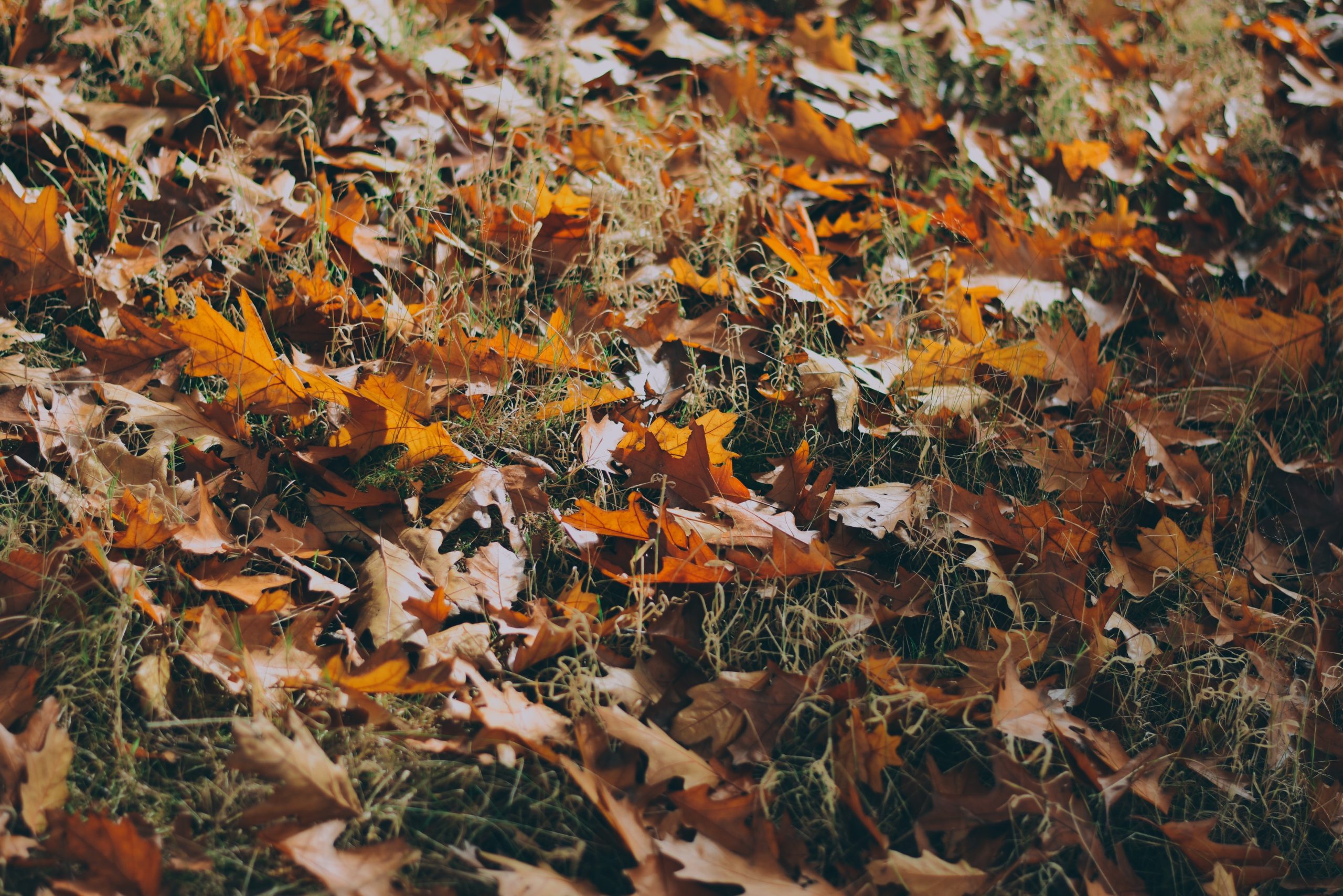
As the weather cools, preparing your home for falling leaves, cooler temperatures, and, eventually, winter storms is important. Tackling a few fall home maintenance activities can help prevent problems later in the season, allowing you to enjoy all you love about autumn without anxiety.
Fall is an excellent time to complete large home improvement projects before shorter days (in many locations, ice, and cold weather) make outdoor work nearly impossible. Texas winter weather is more extreme, with ice and snow more common. You should consider taking some time this fall to improve energy efficiency throughout your home and prevent winter storm damage with regular tree care.
When the weather turns crisp and cool, a new set of house maintenance responsibilities emerges. We’ve put together a helpful autumn home maintenance checklist to help you safeguard your home systems, keep your energy expenses under control, and keep your living areas warm and comfortable. Put these fall home maintenance recommendations to use and reap the advantages!
Clean your gutters.
Your roof’s drainage system diverts hundreds of gallons of water from your house’s exterior and foundation walls each year, so keeping this system running is critical. Clogged gutters can cause damage to your outside surfaces as well as flooding in your basement, and they also rust and corrode more easily. Clean your gutters before the leaves fall, then cover them with mesh gutter guards to prevent debris from returning.
Rake leaves.
Leaves look lovely, blanketing the ground, but putting too many leaves on a lawn in a snowy climate over winter might limit spring development. To make the process easier, use a lightweight rake, gloves to protect your hands, and handheld “leaf scoops” to swiftly bag leaves.
To reduce mineral buildup, drain your water heater.
The fall is an excellent time to drain your water heater. Your water heater’s tank and spigot may have accumulated mineral deposits. These minerals might reduce your water heater’s efficiency, which is the last thing you want in winter. Drain your water heater before it becomes too cold.
Clean the outdoor air conditioner.
Grass clippings, leaves, filth, and other yard detritus may have found their way into your outdoor cooling unit over the summer. All these unwanted visitors cause trouble for your air conditioner, which can last into the next year. You can get your air conditioner ready for next summer with a little basic cleaning.
Clear any leaves or nests from around your air conditioner with a broom. First, look for any animals in the nest. If you detect animals in your air conditioner, you should contact a professional to remove them. Wash the fan with a garden hose to remove grass clippings and filth. These simple procedures can help extend your air conditioner’s life and keep it functioning properly.
Keep the bushes and trees in good condition.
If you have a lot of trees in your yard, consider hiring a professional to trim them. Otherwise, falling limbs during winter storms can raise the danger of them dying if they are not appropriately pruned. Trees become dormant throughout the fall season, and pruning them can reduce disease risk.
Also, remember that there are better ideas than planting new trees in the fall. Because roots do not grow as quickly in cooler temperatures, they may perish over the winter. Arborists, on the other hand, advocate a fungicide called diplopia to prevent disease in established trees.
Even after you’ve pruned them, watch for signs of disease, such as dead branches, early leaf color change, pine needles turning brown, or thinness.
Inspect smoke detectors.
This task only takes a minute and has the potential to save lives. Inspect your smoke detectors to ensure they are working properly. Check that the power indicator light on your smoke detector is turned on. Then, hit the test button to hear the alert. While you’re up there, throw in some new batteries. Consider putting carbon monoxide detectors in your home if you don’t already have them.
Repair the exterior.
Take a tour around your property, checking for evidence of roof, siding, and foundation damage. If you notice anything that needs to be repaired, schedule it before the winter weather arrives.
Disconnect hoses and turn off outside faucets.
If you reside in a cold climate and have an outdoor watering system, you should start turning it off. Failure to turn off your watering system can result in plumbing issues if the pipes freeze and burst. To correctly turn off your irrigation system, follow the directions for your model.
To avoid freezing, make sure to unhook any hoses from outdoor faucets. If feasible, keep the disconnected hoses in a dry place, such as a garage, shed, or basement. This fall home maintenance trick might save you a lot of money!
Repair any air leaks.
A house with air leaks around windows and doors is like an unbuttoned coat. Cold air enters your warm home through gaps in caulk and weatherstripping, and sealing up a drafty house can save you up to 20% on your heating expenditures.
Weatherstripping is the most cost-effective method of lowering heating and cooling expenditures. This inexpensive material also prevents drafts and keeps your home more comfortable all year. Because weatherstripping can deteriorate over time, it is critical to inspect it regularly. Close a door or window on a strip of paper if you suspect an issue with your weatherstripping. If the paper slides readily, your weatherstripping needs to seal the opening. Close the door or window and place a lit candle near the frame. (Avoid allowing the flame to come into contact with anything flammable!) If the flame flickers at any point along the frame, you have an air leak.
Check your heating equipment.
In addition to ensuring that your heating system is ready for use in cold weather, having it examined by a skilled expert may keep it running efficiently, saving energy costs. Replace your system’s air filters monthly or as directed by the manufacturer.
Maintain the humidifier’s buzzing.
Dry winter air can be harsh on your skin and airways, but did you know it can also cause fine wood to break more easily? Keep your central humidifier in good working order during the months it is in use, and you and your home will be more comfortable. Inspect the plates or pads, then clean them in a strong laundry detergent solution if necessary. Remove mineral deposits by rinsing and scraping with a wire brush or steel wool.
Fill any gaps that creatures could enter.
Mice require a little space to enter your home and pillage your pantry, and with colder winter on the way, all of the little critters out there will be looking for warm locations to call home. Fill minor holes and securely cover bigger gaps with heavy-duty hardware cloth to protect wildlife.
Exercise fire safety.
Using your furnace and chimney regularly can raise the risk of a house fire. Spend time focusing on fire safety by testing and replacing the batteries in your smoke alarms. This simple home maintenance step will provide peace of mind when utilizing your chimney and keep your family safe if something goes wrong.
Examine the attic insulation.
Checking the insulation in your attic and replacing or adding more as needed is an important aspect of fall home maintenance. During the winter, inadequate attic insulation is one of the most significant sources of heat loss. You probably need more if you can see the floor joists poking through the insulation. Consider hiring an expert to perform comprehensive inspection and insulation repairs on larger jobs.
Most of the chores listed above are well within the capabilities of the average homeowner. Even if you prefer to employ a professional to manage them, the cost can be well worth it. You’ll save money long-term by avoiding costly (and perhaps deadly) home damage.






